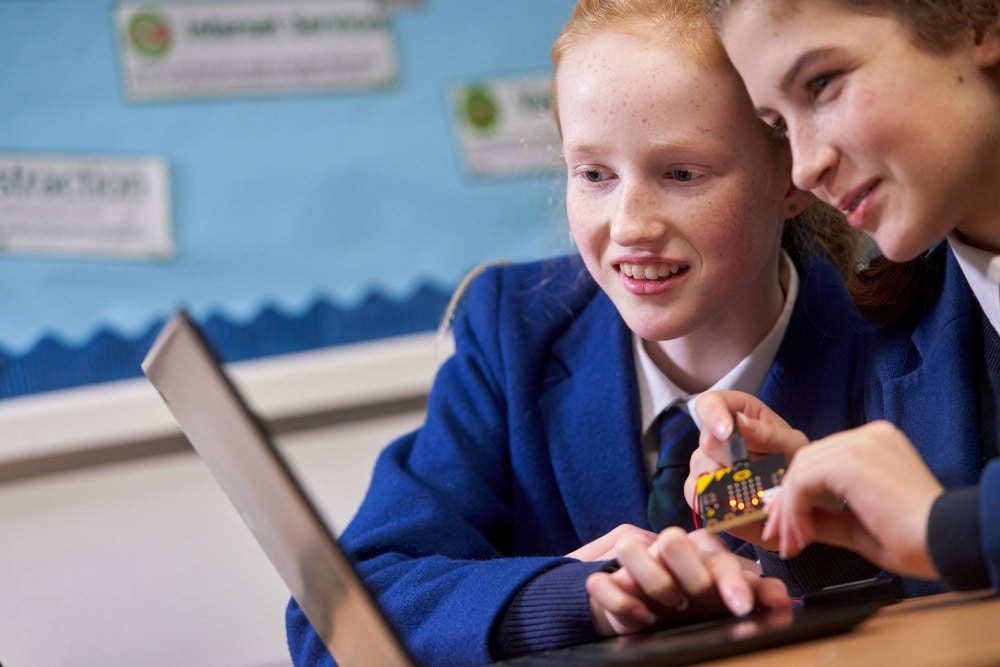There is indeed a movement in education towards classroom connectivity. Electronic textbooks are increasingly used, homework can be submitted online, Maths can be learnt via engaging websites and the list of skills (academic or vocational) you can learn via YouTube grows daily. Our children are growing up in a digital world, and are enthusiastic about technology so it seems logical to try and harness this positivity by using electronic devices to enhance learning. Video explanations of key concepts can often bring learning to life than through textual explanation alone. Good software providers are able to offer e-Learning experiences that can be fully differentiated, ensuring children are able to learn at their own pace whilst ensuring the most able remain challenged and motivated to test themselves further.
However, as technology embeds itself into every aspect of our lives and children’s education, as teachers we must always ensure children are learning WITH technology rather than using technology merely to present what they have learnt.
Overreliance on technology runs the risk of children losing that moment of inspiration when their interest in a subject is piqued by experiencing learning ‘hands on’. At Claremont Prep, some of the children’s most notable learning derives from projects that can’t be completed as effectively electronically. The many and varied exhibits they create for our annual Science Fair demonstrate children’s capacity for creativity and what can happen when they are free to indulge in their natural curiosity, direct their own learning and then experience it for real. The effort and care children put into their models of ocean biomes, entries for the Young Art exhibition at the Royal College of Art and cross-curricular, collaborative Maths challenges place pupils at the centre of their own learning, in a way that is hard to replicate using technology alone. Pressure on budgets in schools, a lack of working technology at home and broadband issues in rural areas also impact the efficacy of classroom connectivity. With technology, it’s all about getting the balance right and making sure that e-Learning experiences play to children’s varying strengths and motivations to learn.








